Helen was busy doing accounts with Fiona who was visiting for the weekend. So we took the opportunity to visit nearby Bletchley Park the code breaking centre during the war.
When we were driving in we saw all these people walking in wearing wartime fashions. It turned out it was a 1940s weekend!
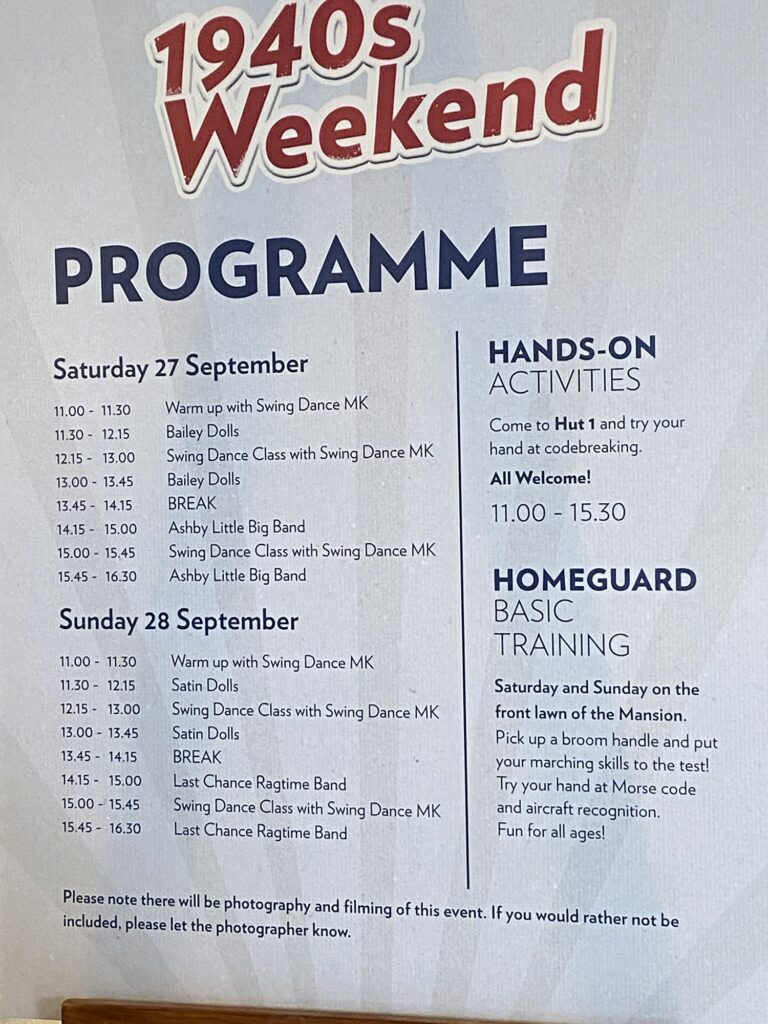
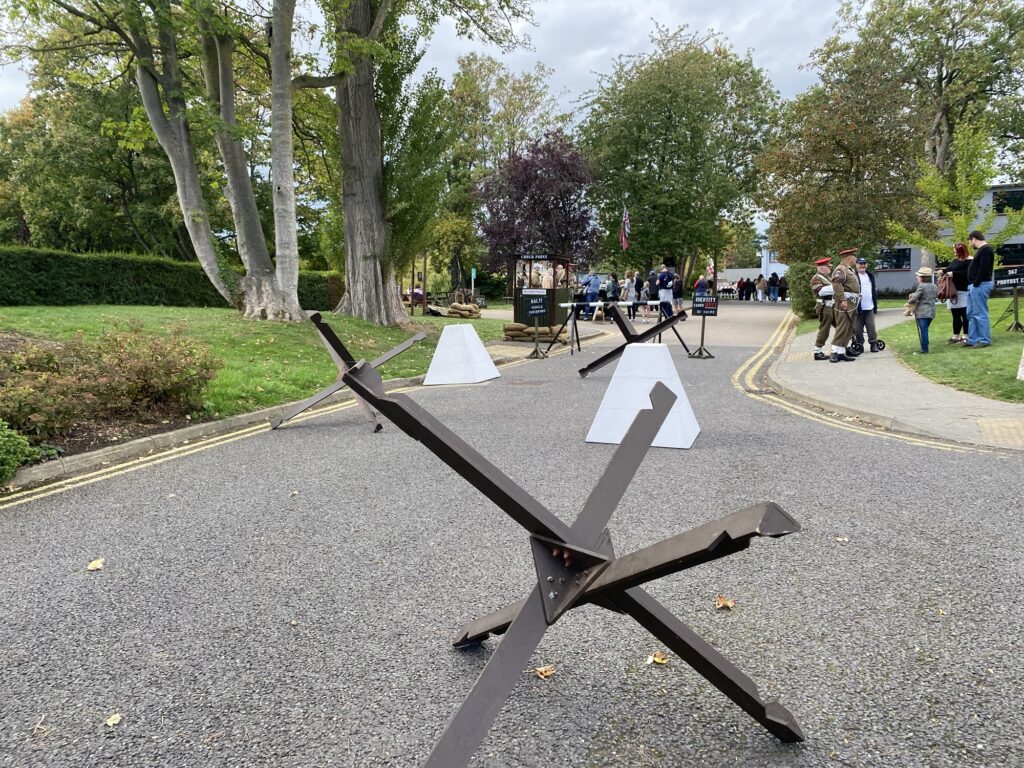
We were first introduced to the enigma machine which was the machine that encrypted the German messages.
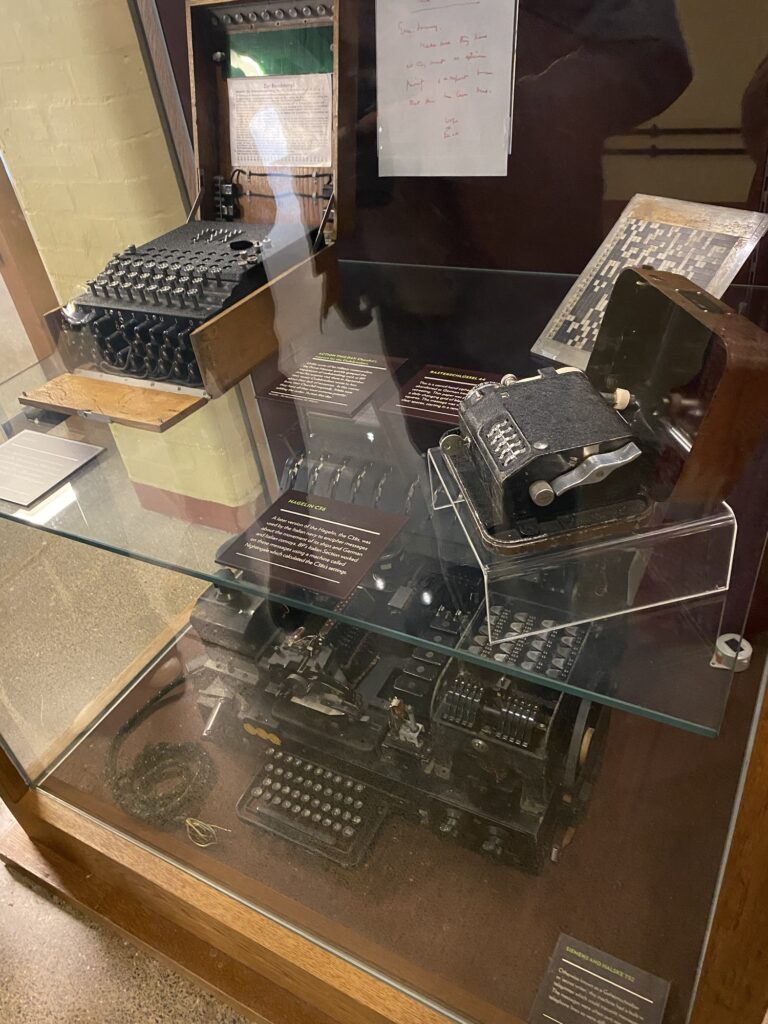
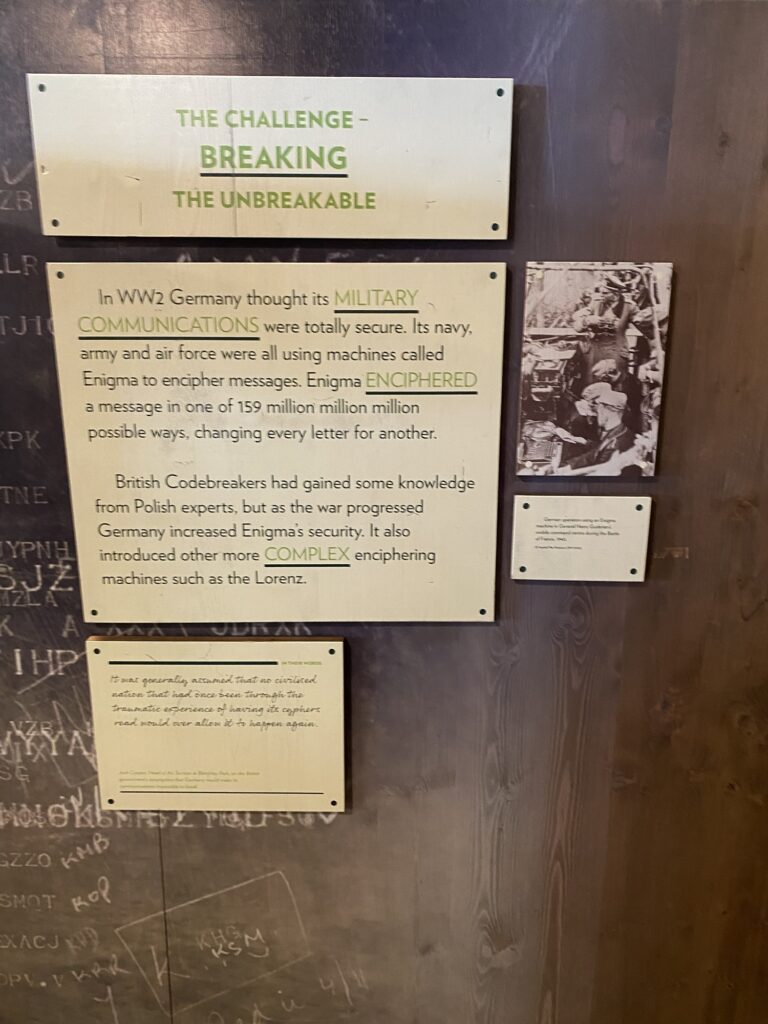
We then found out about the Bombe – the machine created here by Alan Turing with engineers to decrypt messages.
We went to huts 11 and 11A to find out more about the Bombe.
Polish mathematicians had been working on breaking the enigma codes for some time with some successes. They shared that information with the allies before the start of WWII.
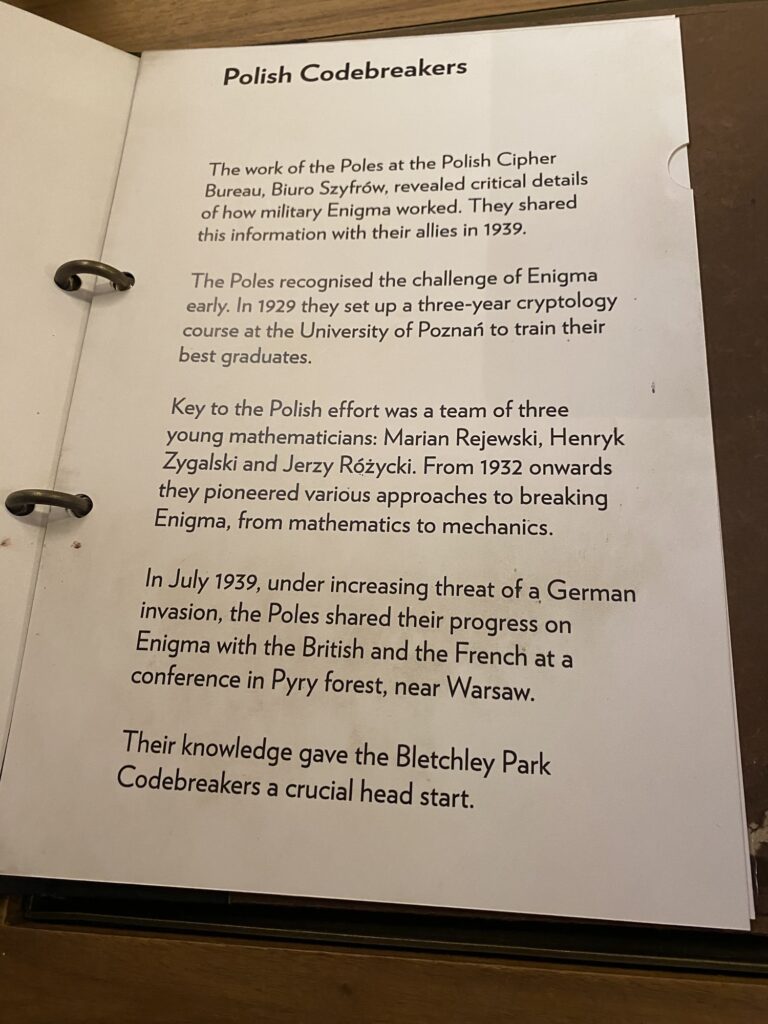
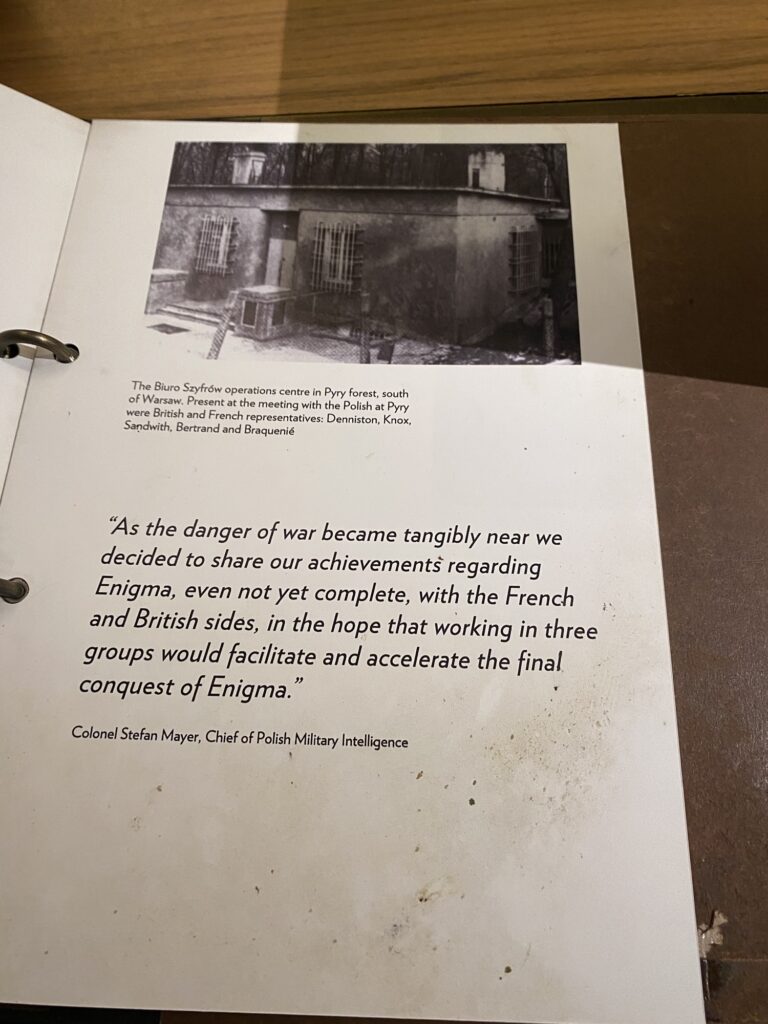
The problem is that the enigma machine cogs are (supposedly) reset every day – or in some cases for every message so the same decoding method doesn’t work every time.
This is where Alan Turing came in and used mathematics to design a machine to break the code every time. Engineers built the machine – the Bombe.
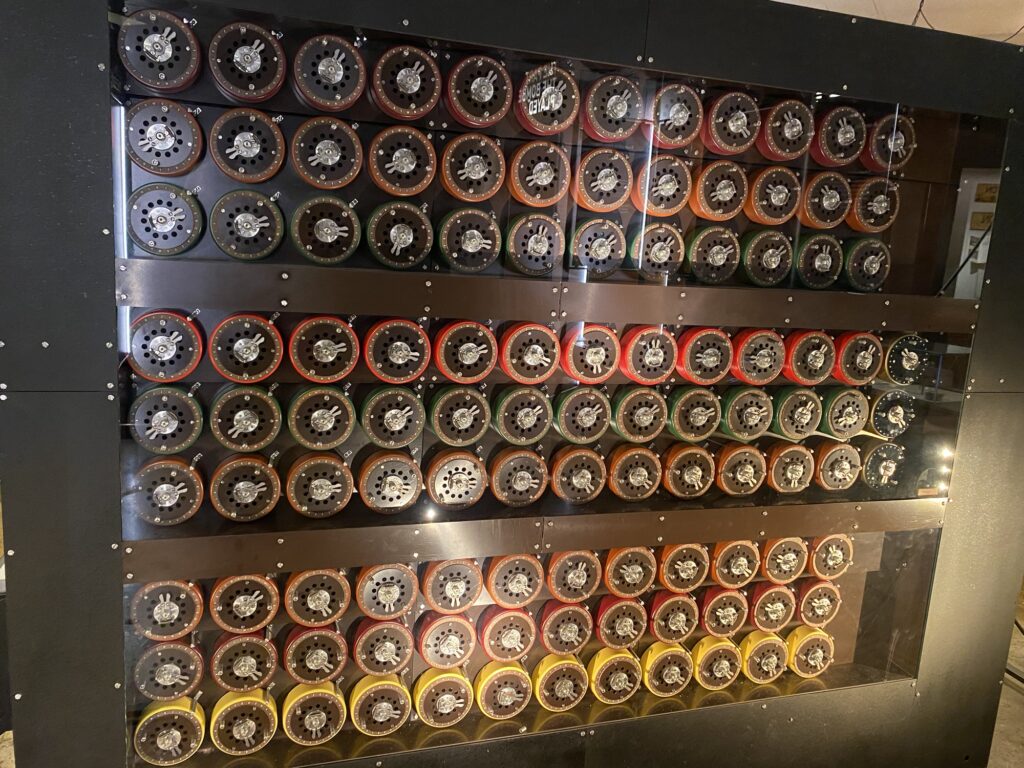
There were around 200 of these machines made. Many ran here at Bletchley but some ran in different places in the country . Generally Wrens were trained to run them.
The code to be cracked first depended on having a crib – a section that they knew or guessed what the words were. This required the manual effort of cryptologists to work this out. One clue was that a letter could not match back to itself.
Then the machine was set up accordingly using that. It then took hours for the machine to run.
It had to be run every time an enigma machine was reset. The Bombe machines were run 24/7. The wrens had 8 hour shifts. It sounds exhausting.
Improvements were made over time.
After our brains hurting trying to understand it all we went to see the other parts of the park.
Here is the mansion where the commander was based and everything started from here.
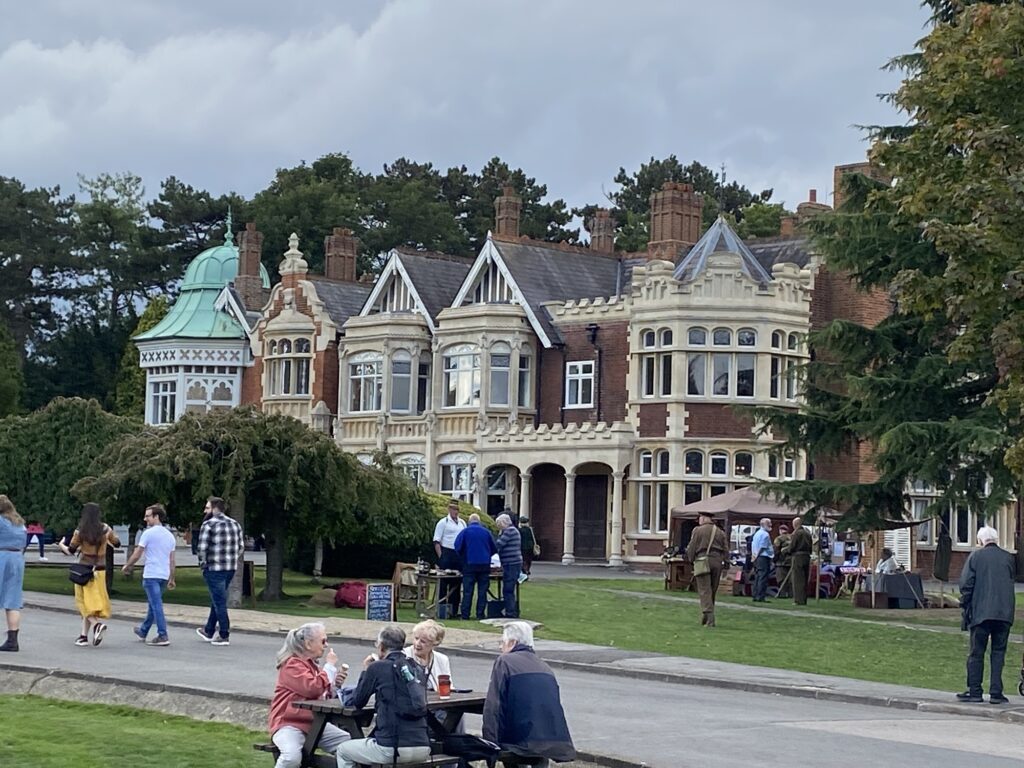
We checked out how Bletchley had helped provide information on the location of the enemy in DDay – and also provide misinformation on where the invasion of France would be.
We then went to explore the huts.
We found Alan Turing’s office. He had just stepped out.


We did one of the 1 hour tours where we found out a lot of the stories.
We were also told that a few regional places intercepted messages and ran the code breaking machines too. There was one in Scotland – amazingly Forfar where I’m from. They also did codebreaking from scratch there too as they had many Polish experts. It has been very secret as it was used up to the 1990s in the Cold War. Mum drove past the end of the road into the Montreathmont Forest every day when she worked in Montrose. It’s a few abandoned buildings now as far as I can see.
Afterwards Glenn did some decoding.
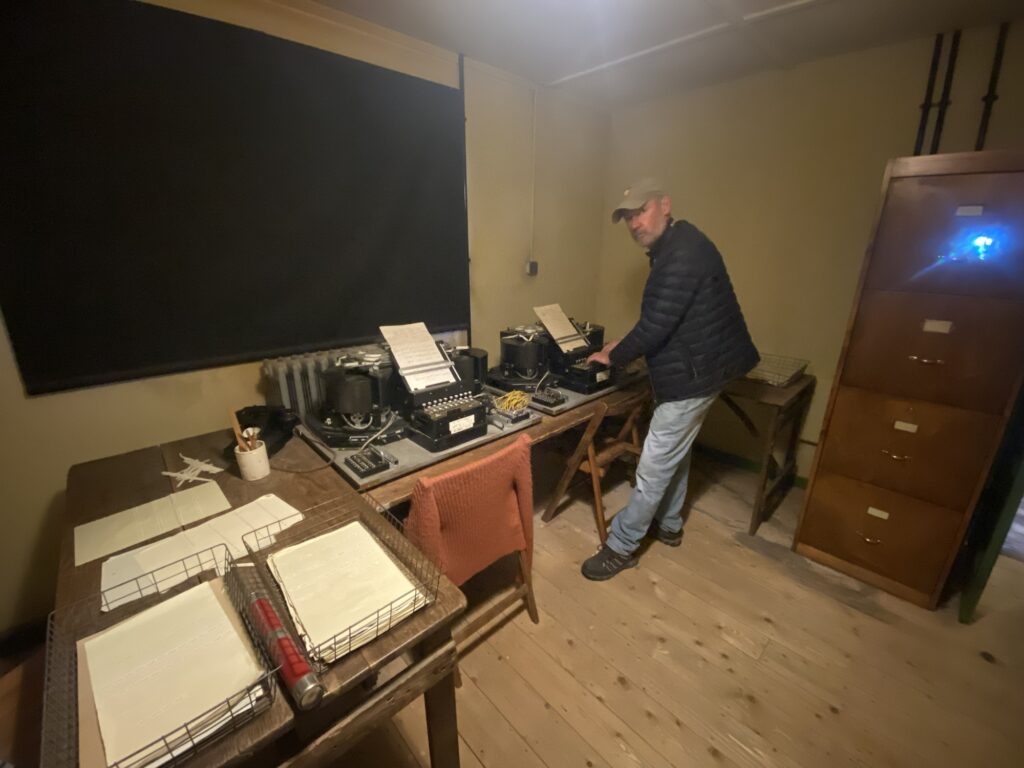
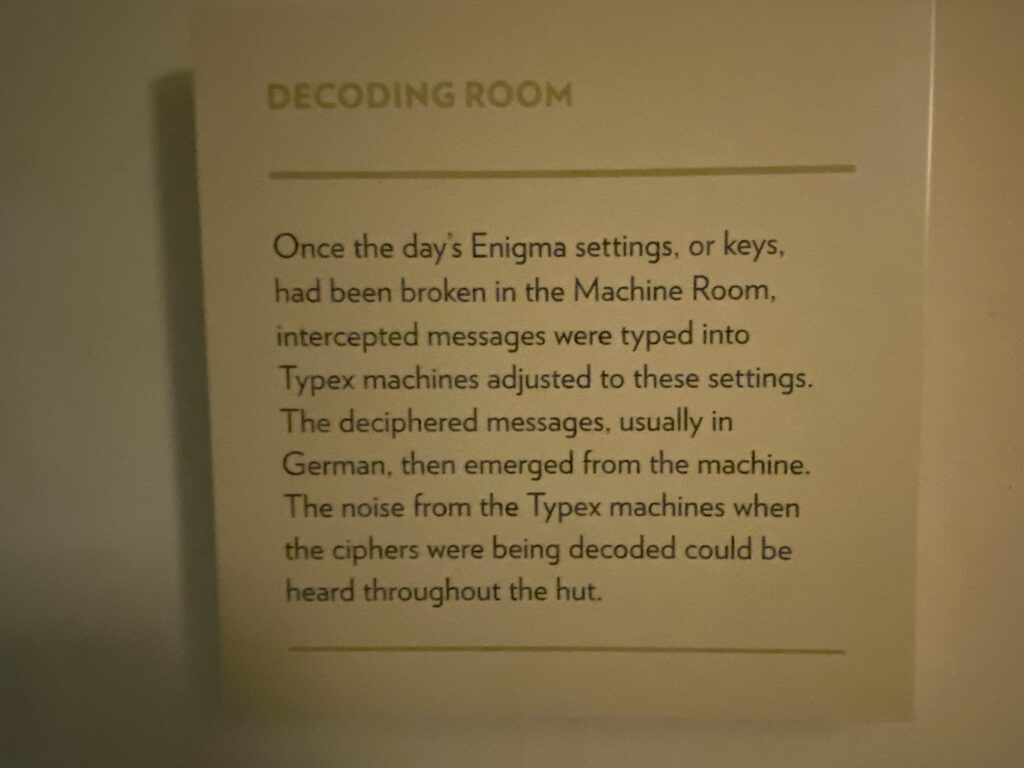
We went into the mansion to see it recreated as it was during the war.
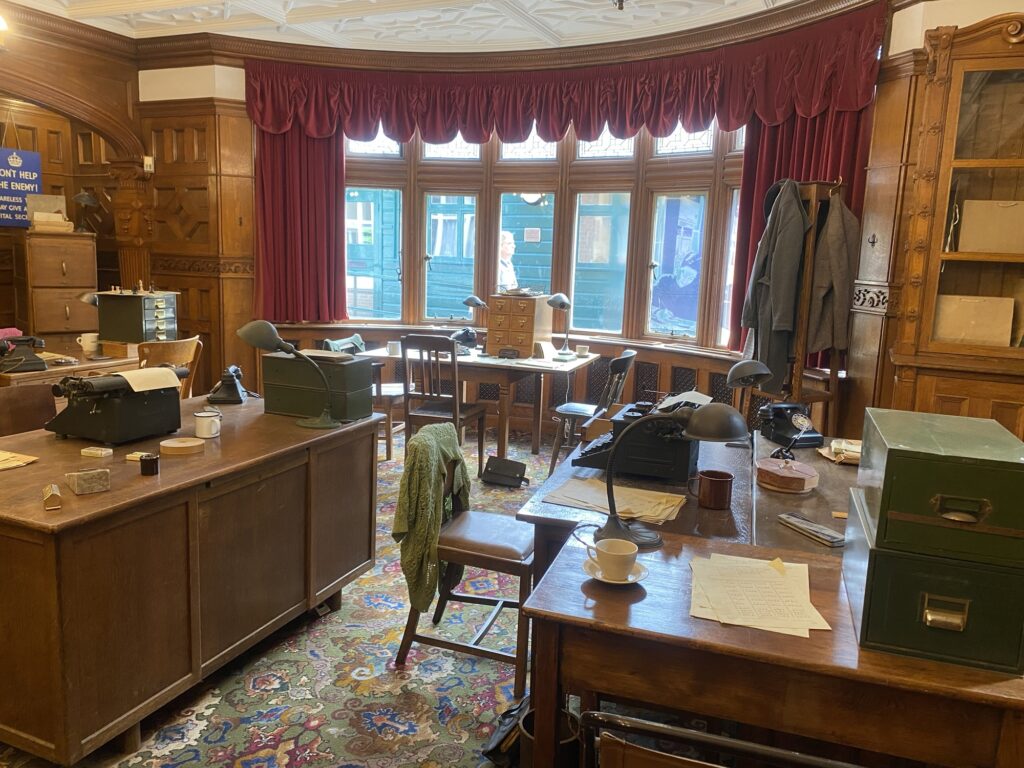
In the garage there were examples of the old cars and the motorbikes used by the dispatch riders bringing and taking out top secret messages.
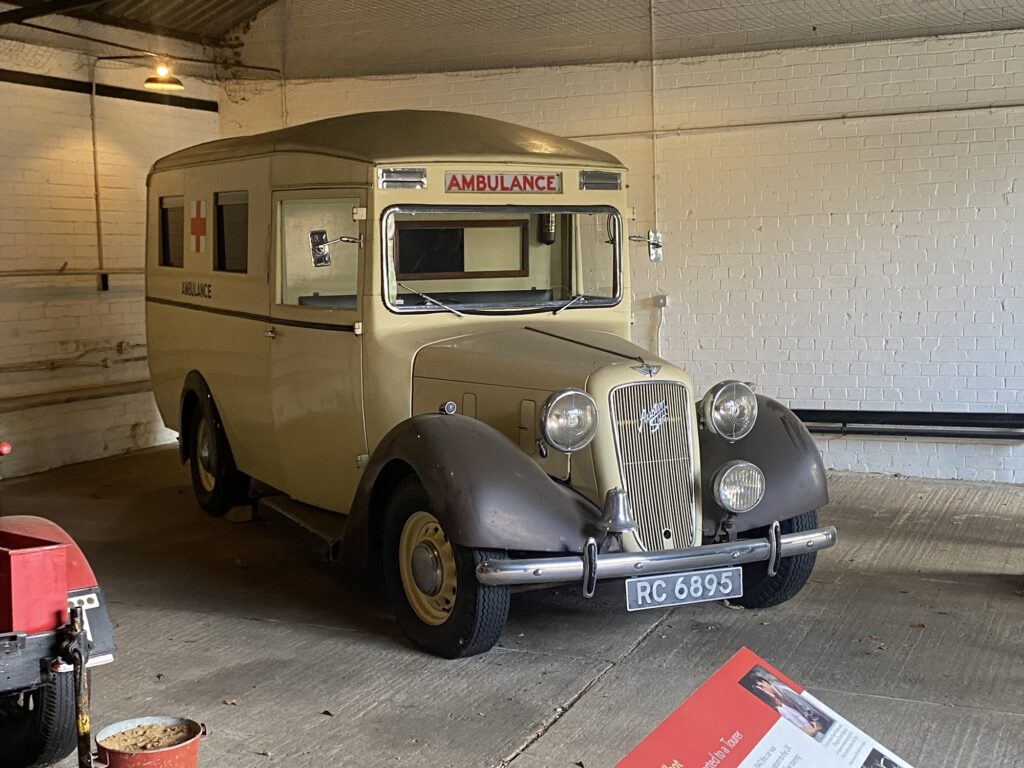
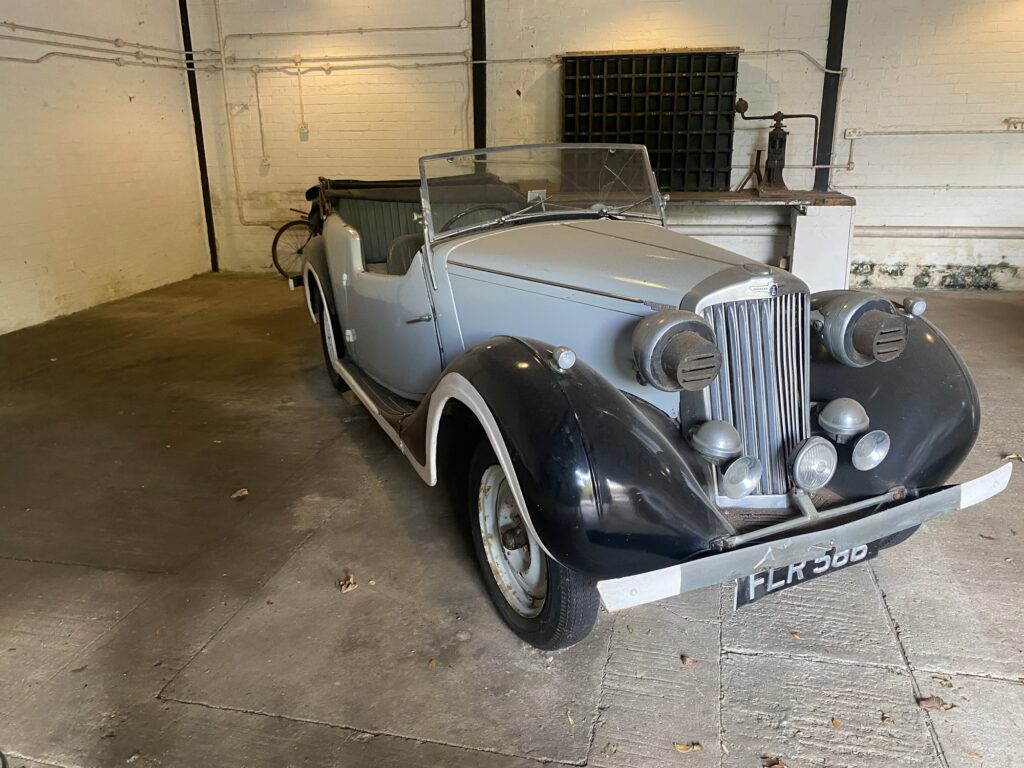
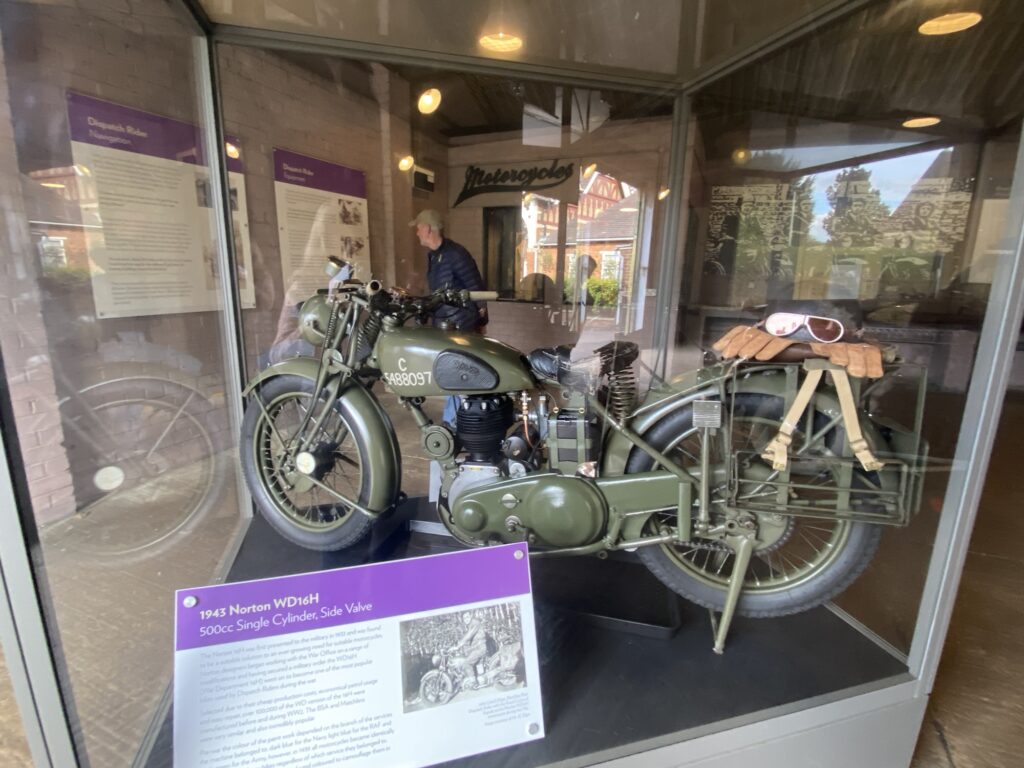
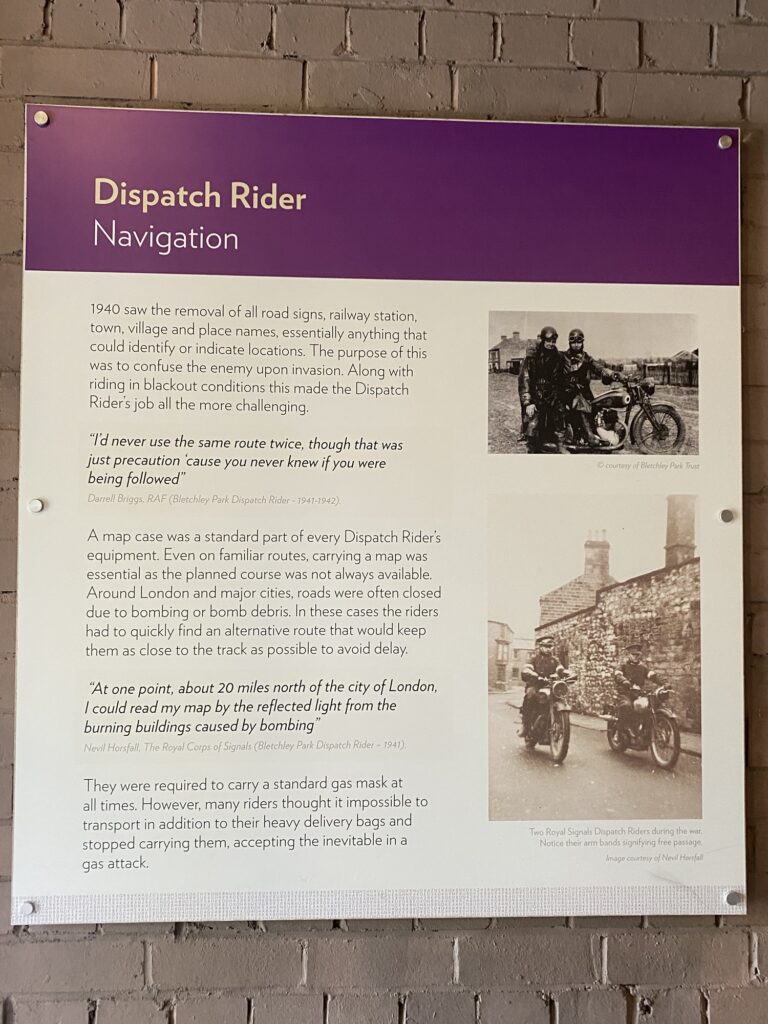
In the courtyard were cottages where the first codebreakers had worked.
There was also a memorial to the 3 Polish code breakers who had handed over the initial work that had given them a big start.
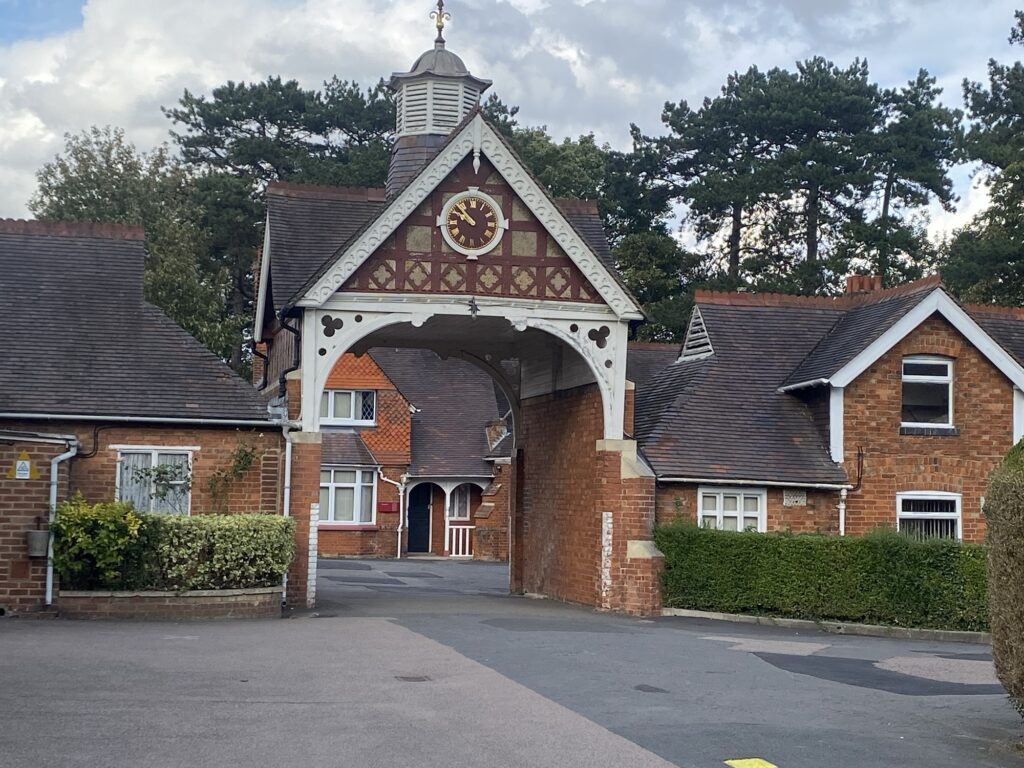
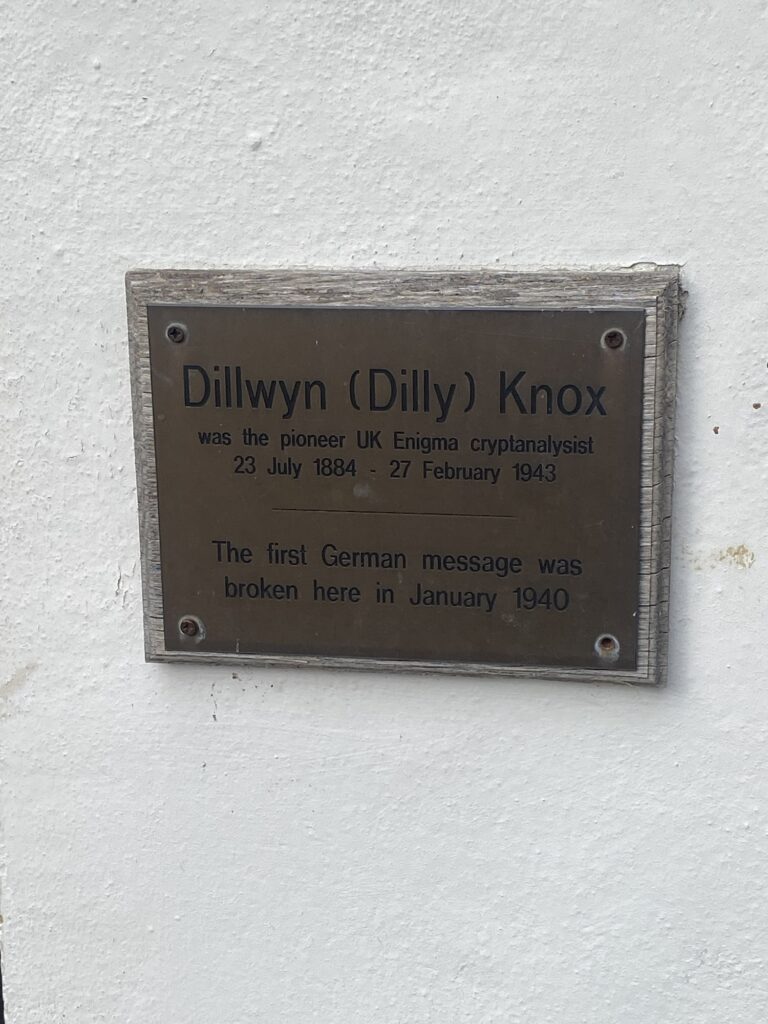
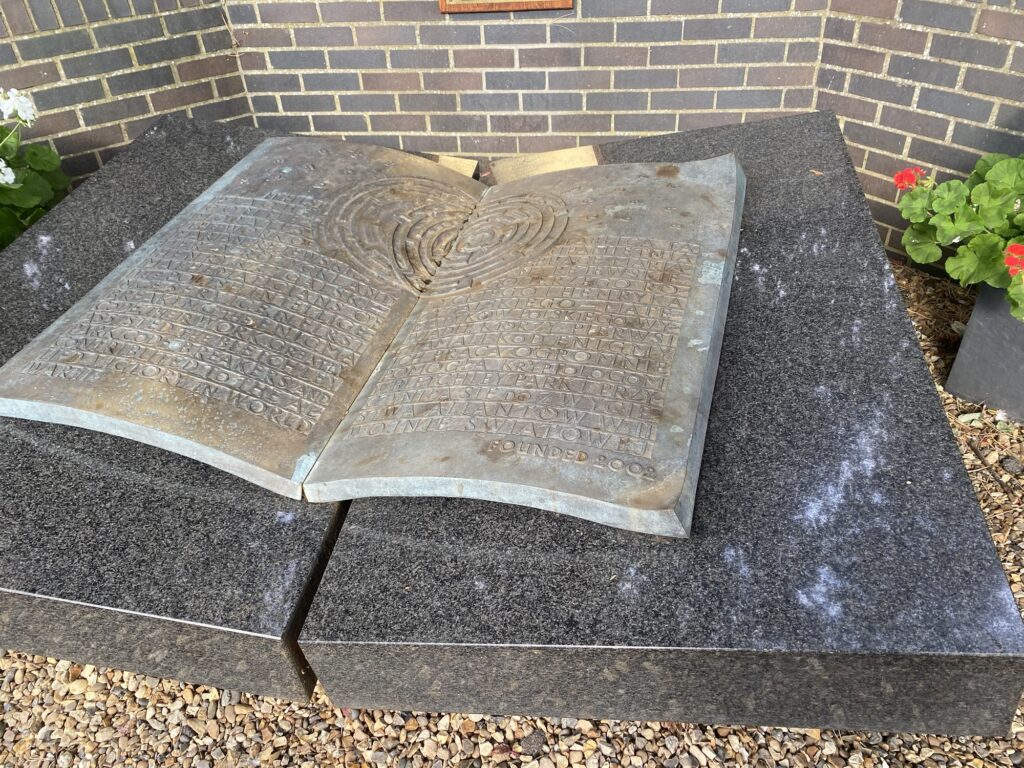
We were now running out of time as it closed in 1 hour. We quickly checked out 3 museums – one on Alan Turing and the mathematics behind codebreaking, one on how they operated like a factory with 8,000 people and another on AI.
On the way out we saw the many other old buildings in ruins that were no longer being used. These are where thousands would have worked.
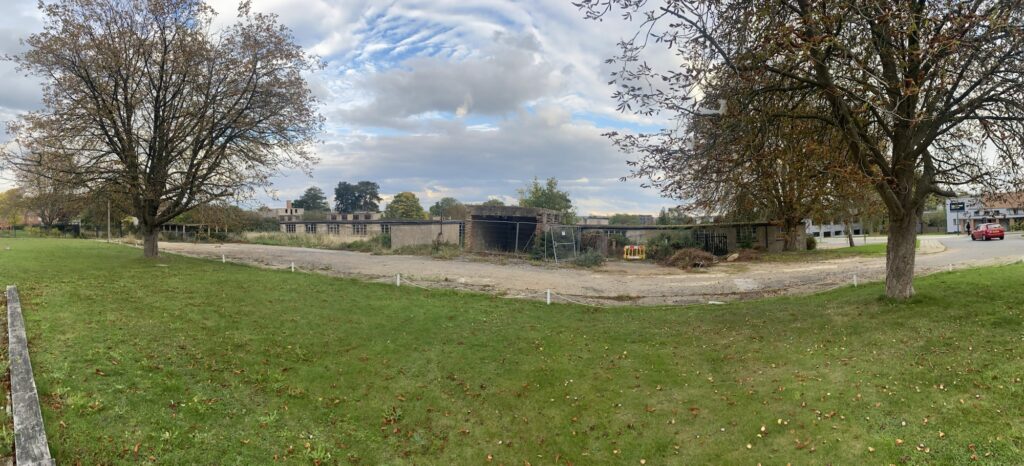
Exhausted after all that we were able to drive out easily as most people had already left.
We got back to Helen’s where she and Fiona had sorted out all the accounts very well and made an apple crumble. I made a creamy garlic chicken recipe and we all enjoyed a comfort-food dinner.
Leave a Reply